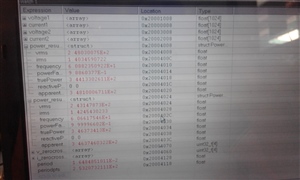I tried to power my TM4C123GH6PM using a 5V external supply. However, when I do so, the program uploaded to it tends to "misbehave". (The program is simply to collect analog signal and sample it using Tiva ADC - the program is working perfectly during debug mode). Every time I switch back the USB to debug mode, I have to upload the code again in order to correct Tiva's performance.
At the end of the day, it's as if I should stick with using debug mode when deploying my Tiva. Any ideas? (I really need to deploy the Tiva with simply an external 5V supply).
I already consulted the user guide and the datasheet for any reference to device mode or external supply for the Tiva board. So far, I haven't found any good leads yet :)







